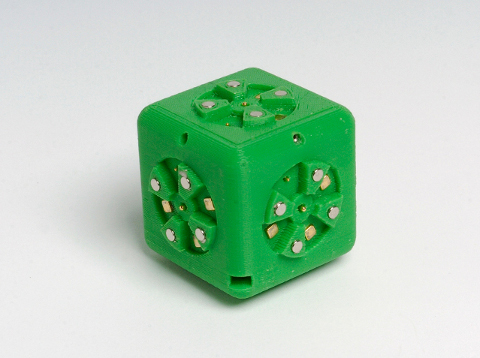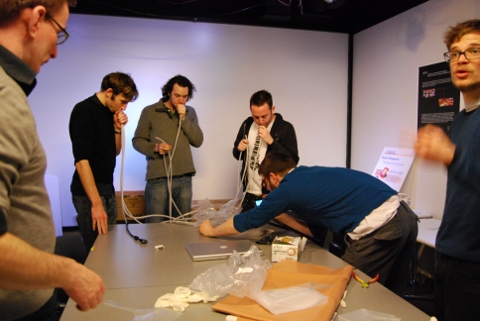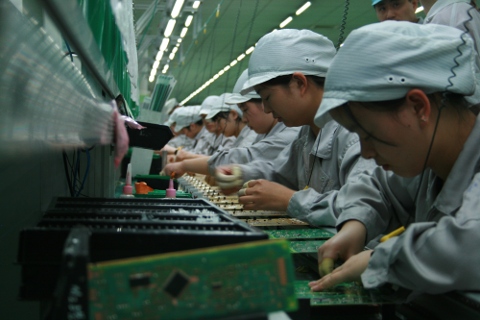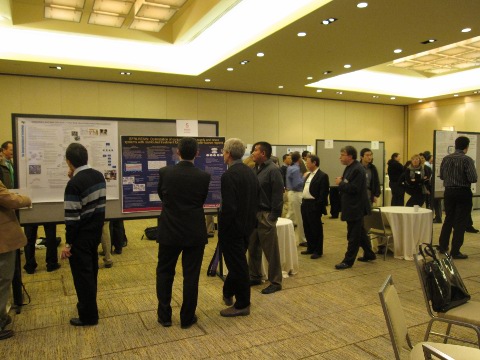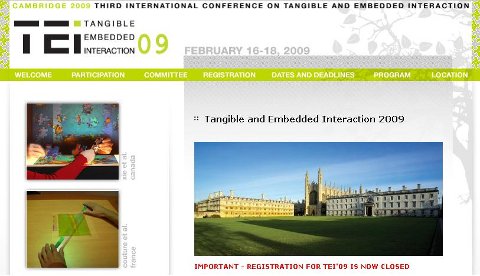I wanted to pick up a 12VDC charger for my fancy new iPhone. I peeked at Apple.com first and found one for $19.95 (plus $4 shipping). Electronics stores like Best Buy had similar offerings. Twenty plus dollars to plug my phone into a cigarette lighter seemed a little expensive especially since I happen to have a bunch of voltage regulators lying around my desk at any given point. I saw that Sparkfun had an iPod plug for $5, but I had already tried my phone with my iPod charger and it didn’t work. Current? Pins? Who knows. Then I did a quick search on eBay.

I was skeptical. $0.99 for a charger with free shipping? But the seller had 1,377,576 feedbacks with a 99.7% success rate. Anyway, what did I have to lose; ninety-nine cents? But two days later the charger you see above arrived at my door and I’m pleased to report that it works swimmingly.
Truthfully, though, I don’t understand how this can happen. I’m currently spending a lot of time and energy trying to reduce the cost of our robots, and while I can imagine being able to make this charger so that it sells for $0.99, I have no idea how they can ship it to me (from CA to NY!) for free. It began its journey with DHL and then was transferred to the US Postal Service, so I’m not even sure where it originated from. Shenzhen?



